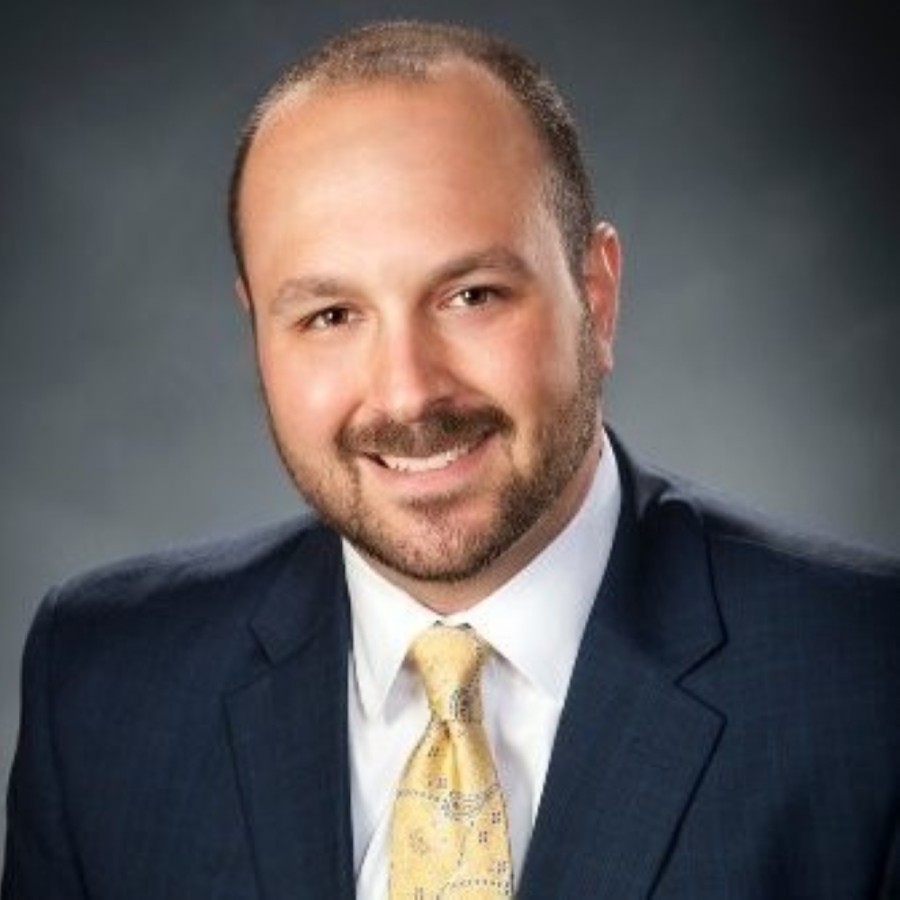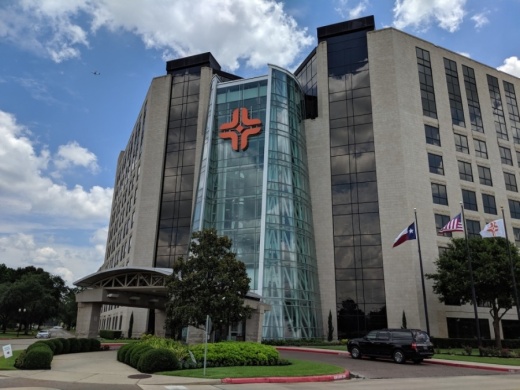 Community Impact Newspaper
Community Impact Newspaper spoke with Rob Marmerstein, CEO of HCA Houston Healthcare Tomball, in mid-January about his vision for the Tomball hospital, upcoming developments and challenges expected in 2021. Marmerstein was
named CEO in June, following the departure of Eric Evans. While Marmerstein said he expects there will be no visible progress with NewQuest Properties in 2021 on a project to redesign the hospital campus—as
Community Impact Newspaper previously reported—new development is still expected on the hospital campus this year, both inside and outside the hospital.
What is your vision for HCA Tomball in 2021?
“My mantra is kind of two things: Our job as health care leaders is we take care of people who take care of people. ... I see no reason why our hospital should not be the benchmark for quality in this area. ... Over the last couple of yearsm we’ve watched the old Tomball Hospital evolve into HCA Houston Healthcare Tomball and change from a community-based hospital to really what is now a secondary medical center. ... A third part of my vision is we need to be the reason why people north and northwest of us don’t need to go downtown now. There’s no reason to drive past us to get there.”
What campus redevelopment might we see in 2021?
“I doubt we’ll see any movement specifically with
NewQuest in terms of development that would be apparent to the community in 2021. ... It doesn’t look like that’s progressing at an immediate rate; some of that is COVID, and real estate rates have moved around and all that kind of thing. So I don’t expect to see a whole lot of new information on that in the foreseeable future. However, we are very close ... to signing a deal with a physician group—who, for the moment, will remain nameless—to purchase a portion of land from the hospital along the Business 249 corridor and begin some development there. So I do expect that we’ll see some physical development in 2021. At this point, I don’t expect it will be NewQuest.”
Any other new services or technologies coming aboard this year?
“We are a Level 3 trauma center. ... We added neurosurgery, which is not a requirement of being a Level 3 trauma center, but it is above and beyond. It’s a huge expense for the hospital, but [it's] just the right thing to do for our patients. ... We will probably have some further development—maybe not physical expansion, but certainly programmatic expansion of our neonatal intensive care unit, so, the babiest of babies. From a technology perspective, it’s possible we are going to be adding a third Da Vinci robot for robotic surgery here at our hospital. ... We’re doing all sorts of smaller renovations across the hospital [such as pulling up old carpet and replacing TVs].”
How is the hospital gearing up for COVID-19 vaccine distribution in the coming months?
“At current, we are not authorized and slated to be a community vaccination site. We may be asked by the state and by our company to start doing more community vaccinations. If I’m honest, I’d prefer not to just because we have to run the vaccine clinic with people—right now, the hospitals are so stretched. I need those people on the floor helping take care of patients. Right now, what we’ve been doing since the third week of December is vaccinating all of our employees who would like a vaccine [and] all of our physicians who would like a vaccine, and we’ve probably also taken care of 50 or so first responders, local and nonlocal. We’ve started our second round of vaccine for those individuals just this past week, and we are awaiting what the next set of algorithms will be [for allocation]. ... What I expect will happen is either we will get direction from the state as far as, ‘Here’s what we would like you to do,’ or we will vaccinate all of our own folks, and then we will give whatever remaining doses we have to the cities and counties to go to public vaccination sites.”
What are some of the challenges facing the hospital?
“Obviously, everybody is very busy, and it’s not just COVID [patients]. Everybody’s busy with non-COVID things as well. As a result, we’ve gotten pretty good at managing efficiently the care for COVID patients. However, when the entire country is surging like it is right now, we don’t have access to the escape valve that we’d normally use, like the additional temporary nurses and bringing extra people in. The team that we have is the team that we have. They’ve acted heroically in not just taking care of our patients but supporting each other in these really trying times. ... I think the challenges moving forward are going to be, ‘How do we balance doing elective cases and non-COVID work with doing COVID?’ ... From my perspective, Houston and our hospital in particular—while incredibly busy, you know—COVID is one of the primary drivers of that rather than the primary driver. Two thirds of the urgent patients in our hospital right now do not have COVID.”
 Community Impact Newspaper spoke with Rob Marmerstein, CEO of HCA Houston Healthcare Tomball, in mid-January about his vision for the Tomball hospital, upcoming developments and challenges expected in 2021. Marmerstein was named CEO in June, following the departure of Eric Evans. While Marmerstein said he expects there will be no visible progress with NewQuest Properties in 2021 on a project to redesign the hospital campus—as Community Impact Newspaper previously reported—new development is still expected on the hospital campus this year, both inside and outside the hospital.
Community Impact Newspaper spoke with Rob Marmerstein, CEO of HCA Houston Healthcare Tomball, in mid-January about his vision for the Tomball hospital, upcoming developments and challenges expected in 2021. Marmerstein was named CEO in June, following the departure of Eric Evans. While Marmerstein said he expects there will be no visible progress with NewQuest Properties in 2021 on a project to redesign the hospital campus—as Community Impact Newspaper previously reported—new development is still expected on the hospital campus this year, both inside and outside the hospital.





